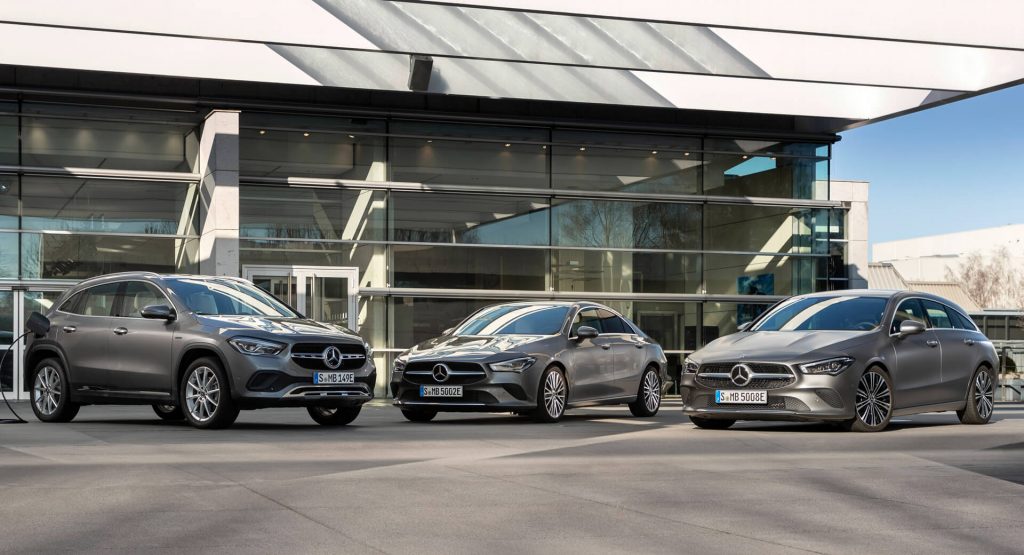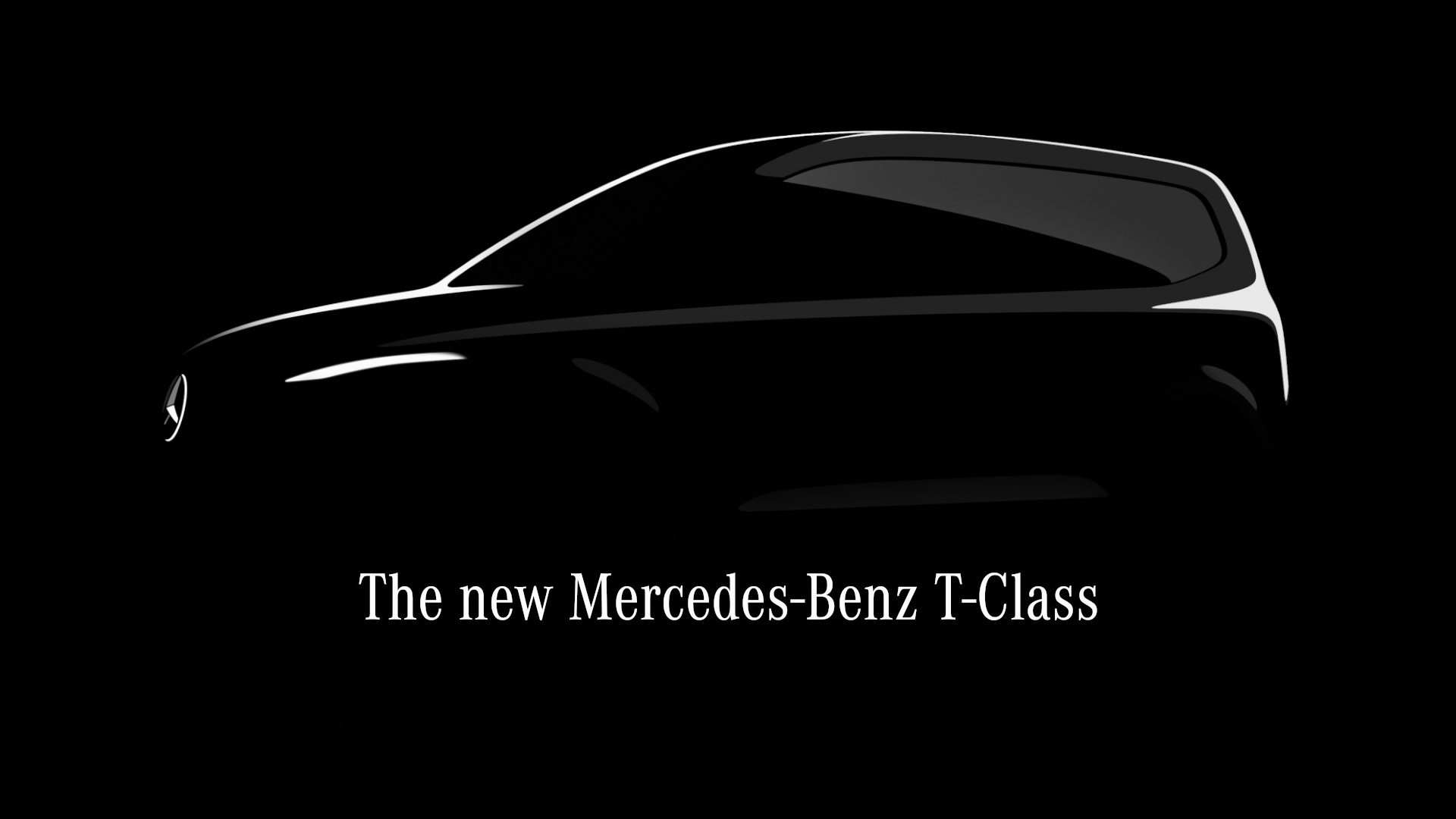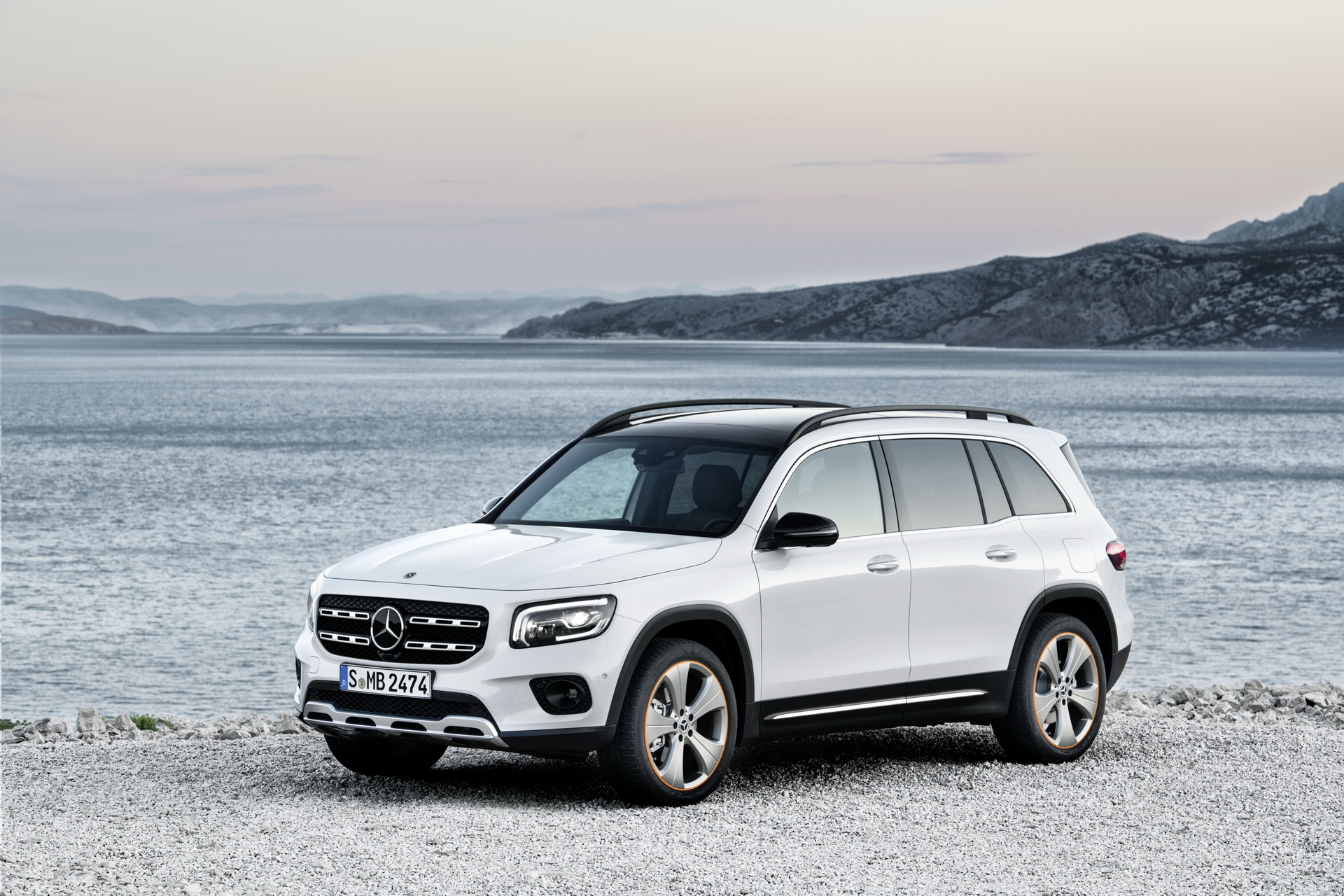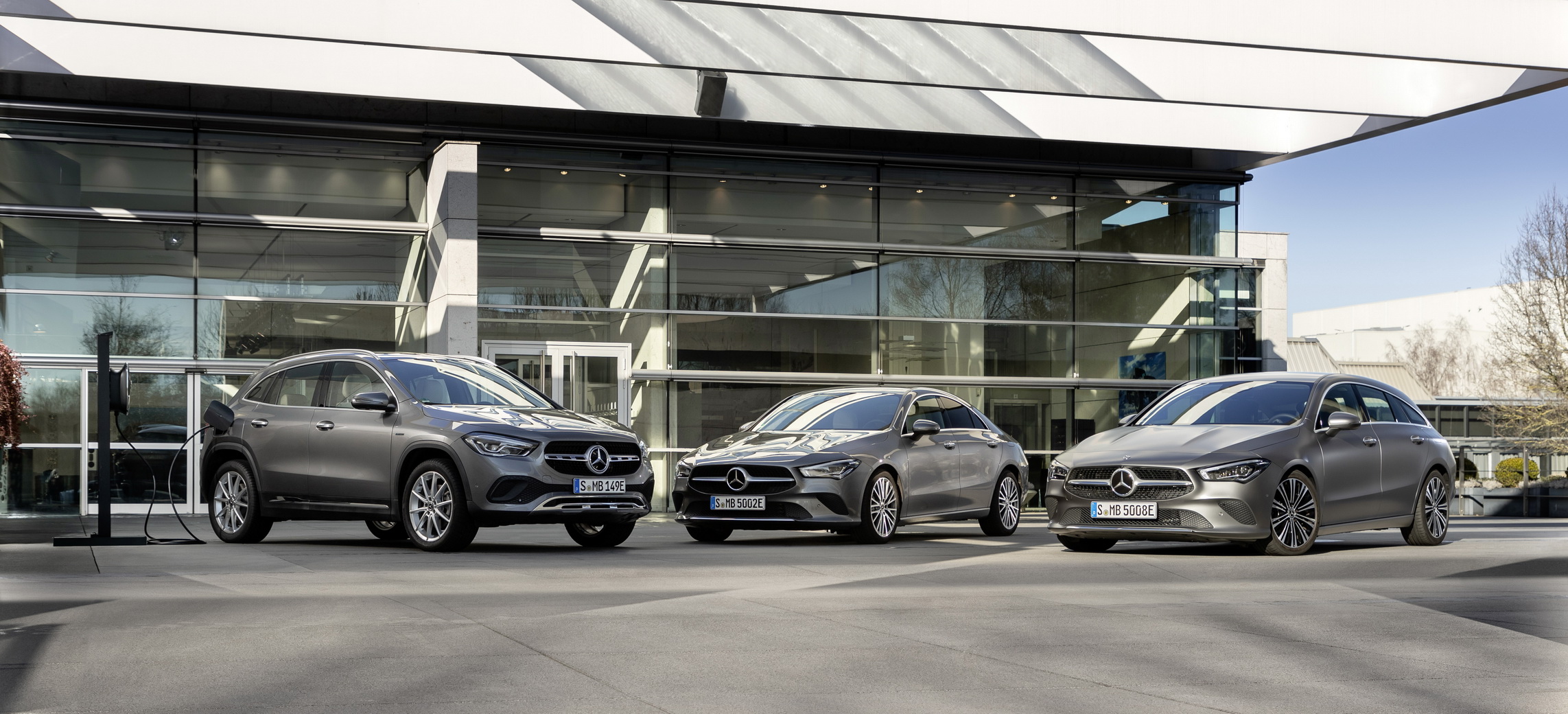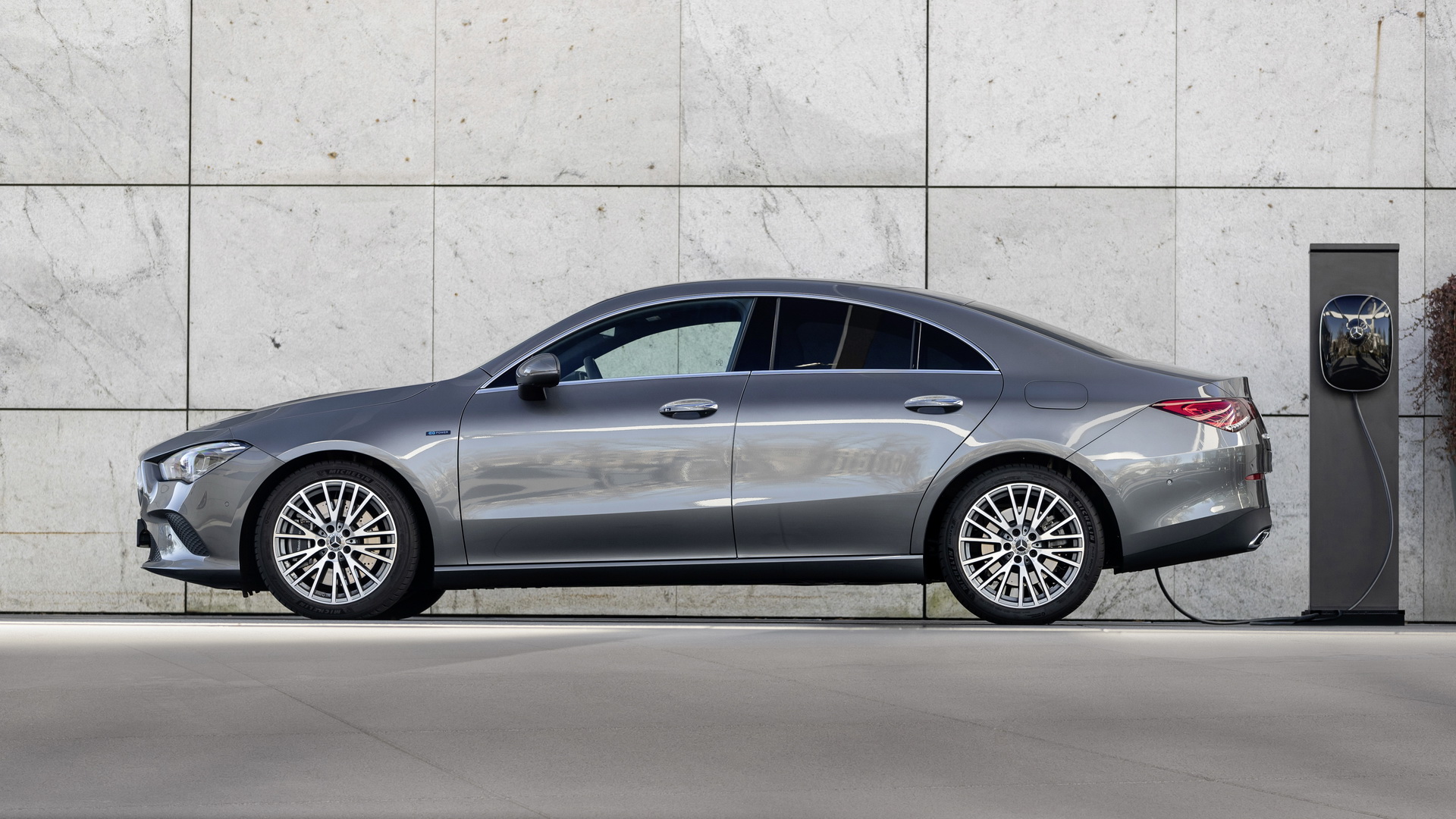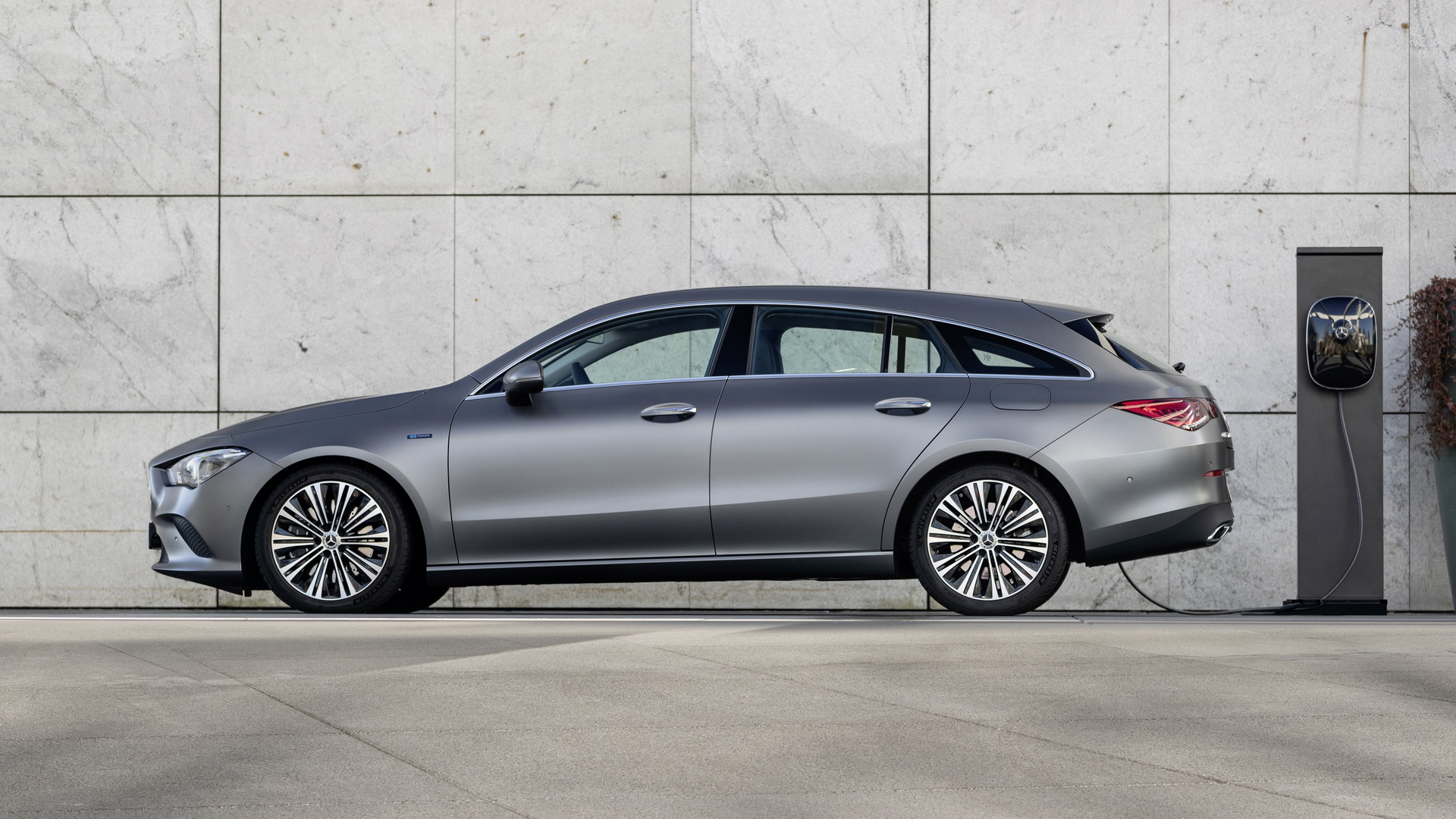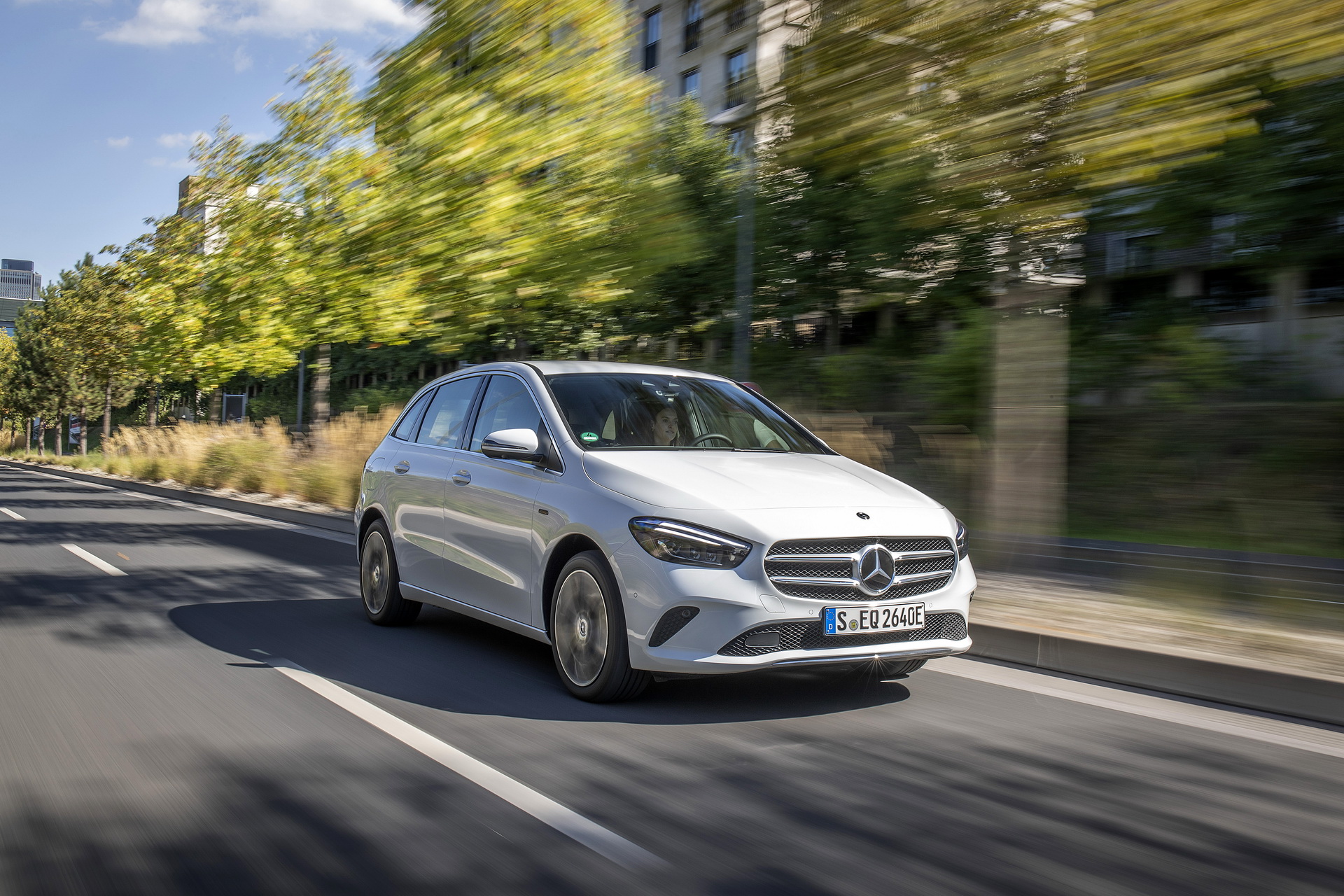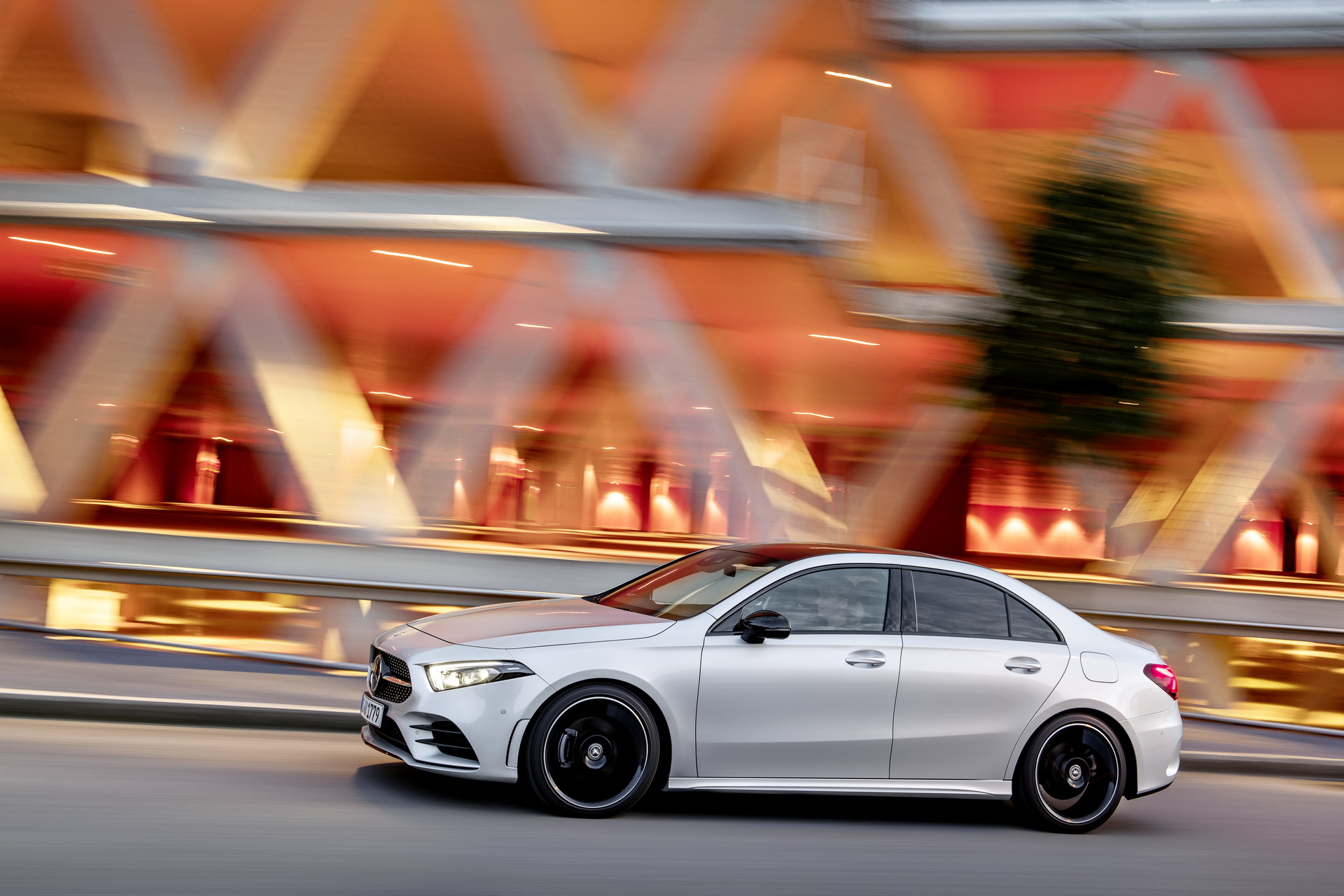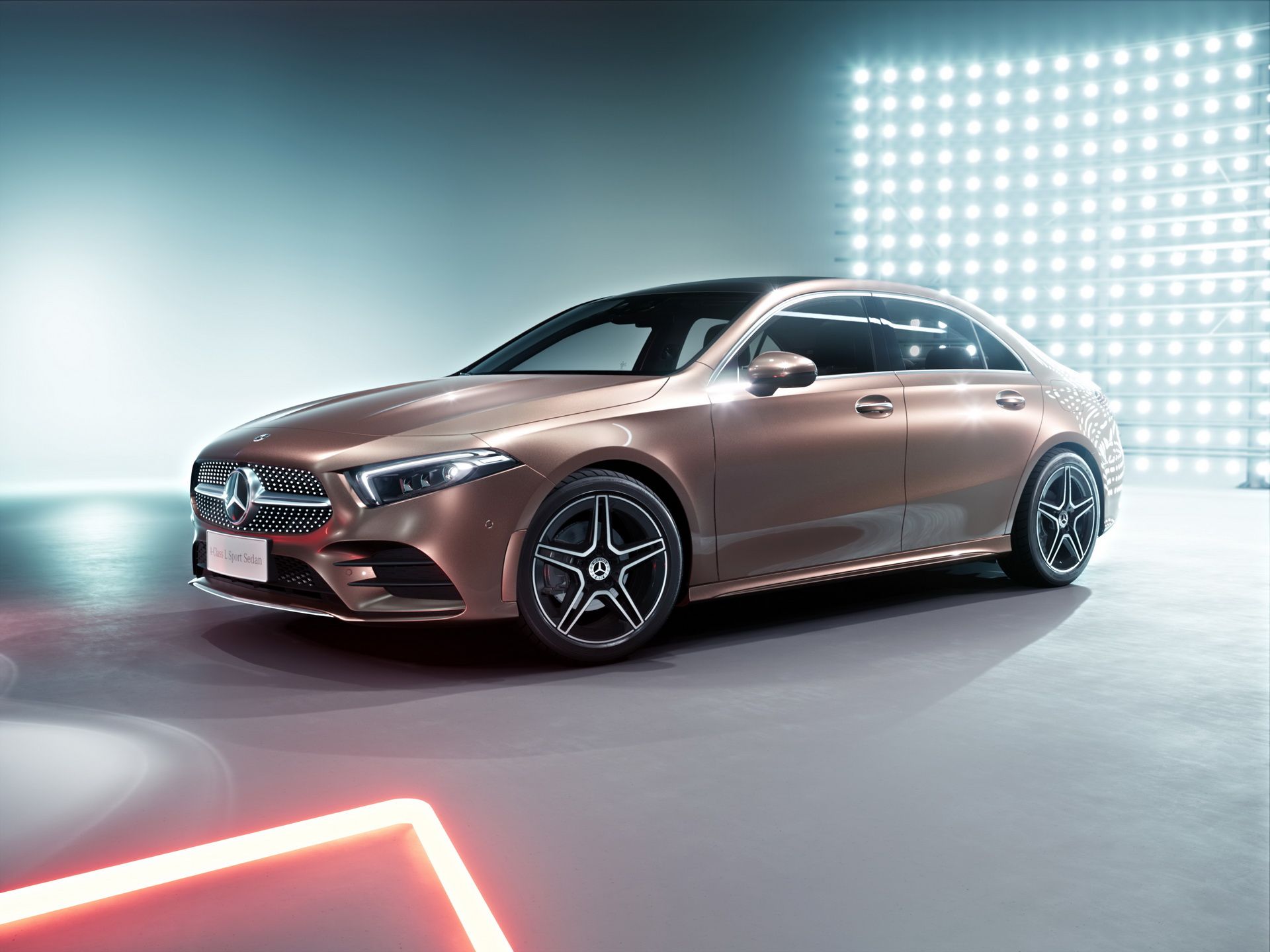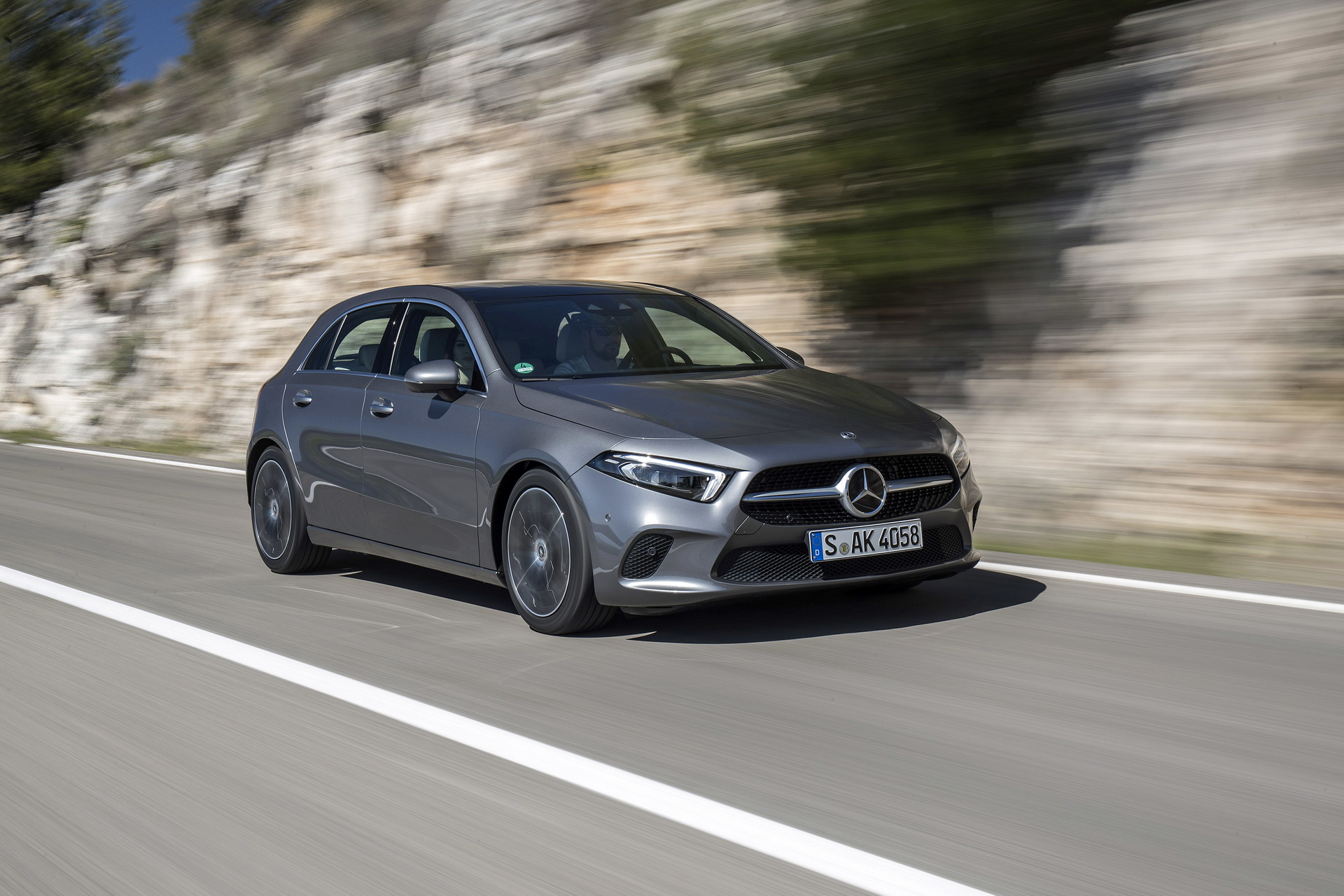Mercedes-Benz has no less than eight compact cars in its lineup today. The range includes the Hatchback and Sedan versions of the A-Class, as well as the long wheelbase sold in China, the B-Class minivan, CLA and CLA Shooting Brake, and the GLA and GLB SUVs.
The range will grow to include two zero-emission models in a few months, the EQA and EQB, as well as the T-Class van. Some may argue that’s a stretch for a single luxury brand, and Daimler’s CEO, Ola Kallenius, who replaced Dieter Zetsche last year, is among them.
“Maybe we went at a bit too far to cover each and every space into each and every segment. Compact particularly comes to mind”, Kallenius said earlier this week, during an online strategy presentation, cited by AutoNews.
Read Also: Mercedes Confirms Electric EQE Sedan, EQE SUV, And EQS SUV Among Other EVs
2022 Mercedes-Benz T-Class compact MPV teaser
“This is not where the main thrust should go, we should not become a competitor of the volume makers”, he explained. “We have a great opportunity for horizontal growth, not adding more cars to the compact segment, but finding more customer groups to come under the Mercedes master brand.”
So, could this mean that they might kill some of the compact models? Not for the current generation, because these accounted for 25 percent of Mercedes-Benz’s 2.38 million deliveries in 2019.
“We will not take existing products out. We want to move them upwards in terms of their margin contribution”, Kallenius noted. “We want to raise the bar to extract the maximum out of the existing portfolio.”
The new-gen compact (and mid-size) vehicles will be underpinned by the Mercedes Modular Architecture (MMA). Unlike the Volkswagen Group’s MEB, which is EV-only, the platform will also support internal combustion engines, meaning that besides the fully electric models, it will be used for hybrids and plug-in hybrids too.







